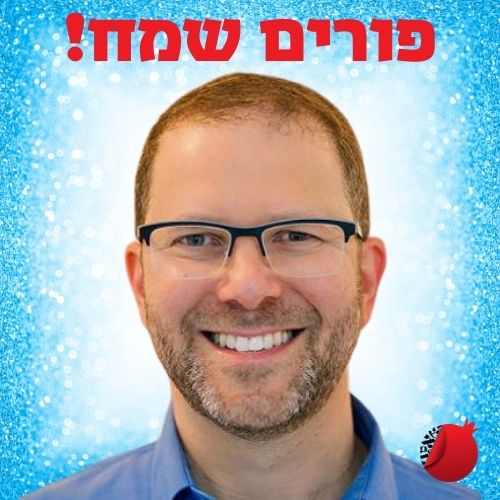 Living with uncertainty has been a leitmotif of the past two years as we have navigated our way through the Covid-19 pandemic. For many of us, uncertainty plays a central role in our religious lives. It keeps us humble. It recognizes our limits. It reminds us of what we cannot know. We reflect upon God’s reality and our conception of the good life while being keenly aware of all that lies beyond our full comprehension. Yet, while embracing that uncertainty, we still seek to connect with “the other,” to form communities of shared purpose, and to feel a sense of genuine continuity with the Jewish past. Many of us hunger for a sense of commitment and obligation that allows us to move beyond what we do not know. We may even seek to push through our doubt and skepticism in order to give our lives a sense of deeper meaning and purpose. The Rabbis’ expansive reading of Esther 9:27 may provide us with just such an approach.
Living with uncertainty has been a leitmotif of the past two years as we have navigated our way through the Covid-19 pandemic. For many of us, uncertainty plays a central role in our religious lives. It keeps us humble. It recognizes our limits. It reminds us of what we cannot know. We reflect upon God’s reality and our conception of the good life while being keenly aware of all that lies beyond our full comprehension. Yet, while embracing that uncertainty, we still seek to connect with “the other,” to form communities of shared purpose, and to feel a sense of genuine continuity with the Jewish past. Many of us hunger for a sense of commitment and obligation that allows us to move beyond what we do not know. We may even seek to push through our doubt and skepticism in order to give our lives a sense of deeper meaning and purpose. The Rabbis’ expansive reading of Esther 9:27 may provide us with just such an approach.
The Megillah tells us, “The Jews fulfilled and accepted — along with their descendants and all who might join them — to observe these two days in the manner prescribed and at the proper time each year.”
The double words of kiymu v’kiblu – they fulfilled and accepted – is applied by the Rabbis far beyond the acceptance of this new holiday of Purim. A well-known talmudic aggadah connects those two words with a deliberately literal understanding of the description of the children of Israel encamped at Mount Sinai awaiting revelation in Exodus 19:17, “And they took their places at the foot of (literally, underneath) the mountain.”
Here is what the Babylonian Talmud (Shabbat 88a) does with this verse:
Rav Abdimi bar Hama bar Hasa said: This teaches that the Holy One of Blessing held the mountain over them like a bell jar and said: If you accept the Torah, fine. If not, this will be your grave. Rav Aha bar Jacob said: Nevertheless, they accepted it in the time of Ahasuerus, for it is written (Esther 9:27), “The Jews fulfilled and accepted…” That is, they fulfilled (in the days of Mordecai and Esther) what they had already accepted (at Sinai).
This profound Talmudic teaching underscores, and then resolves, the problem that a contract is not valid if it is entered into by coercion. If the acceptance of Torah at Sinai was based upon the threat of death, then there needs to be another example of when the Torah was accepted without coercion for the covenant to be properly enacted.
The book of Esther’s theology stands in sharp contrast to most of the Hebrew Bible. God is hidden in the book of Esther, and the sort of obvious salvific miracles that characterize the Bible seem, at first glance, to be absent. What could it mean then for the people of Mordecai and Esther’s generation to have fulfilled the Torah? And how is such a “fulfillment” different from “acceptance”? Perhaps their kind of religious affirmation is a model for us. Theirs was an assertion that the Torah could indeed be fulfilled in a context so very different from Sinai, a time when God seemed more hidden than ever before, and God’s voice exceedingly difficult to perceive.
For many of us, it is obvious that the power of a coercive acceptance is long gone, and that the nature of religious authority has changed. The sacred nature of our central texts for many of us is conceived of in radically different ways. When we look out at the world, God may indeed feel more hidden than ever before. From this reality, a new way must emerge that enables us to re-embrace Torah and mitzvot. It seems as though the Talmud’s interpretation of Esther 9:27 was written for us and preserved for our time. We no longer experience the mountain being suspended above our heads. Rather, like the generation of Esther and Mordecai, we strive for fulfillment that emerges from uncertainty. We link ourselves with the generation that stood at Sinai from within the reality of our own time and place.
Chag Purim Sameach,
Leon A. Morris
President
